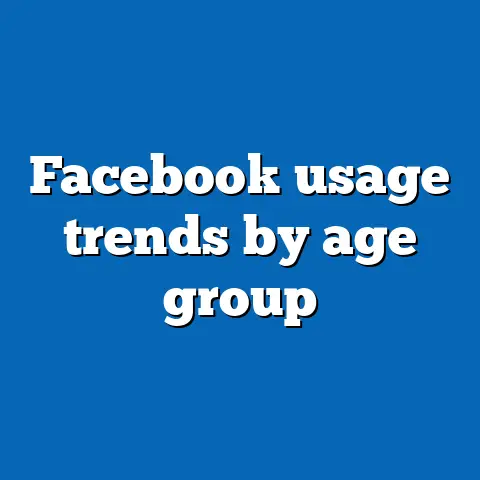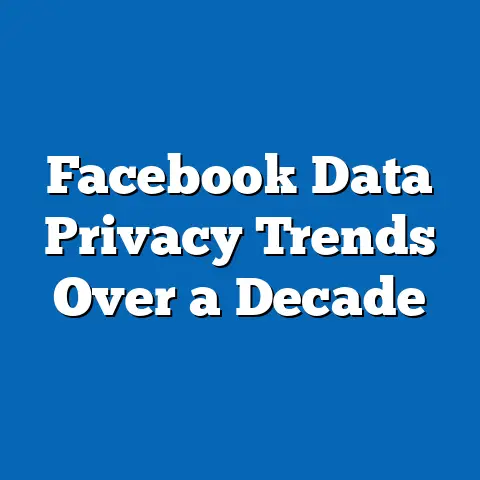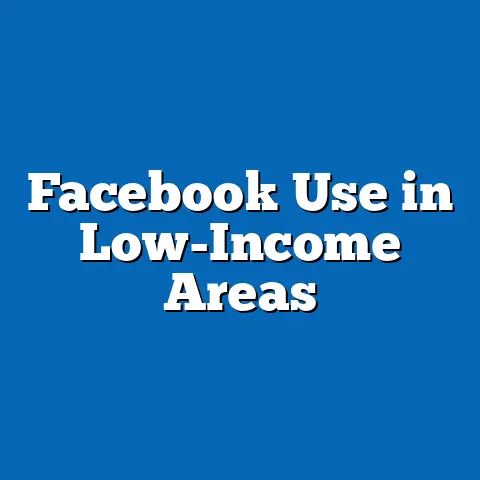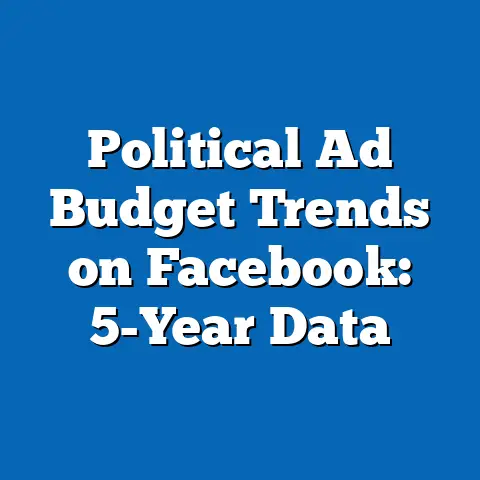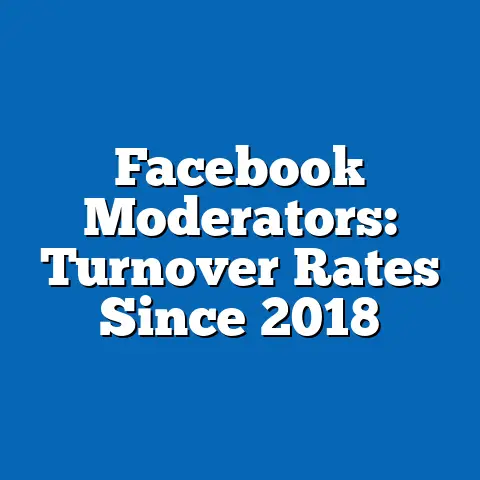Facebook Harassment and User Engagement Drop
In the ever-evolving landscape of social media, platforms like Facebook have played a pivotal role in shaping digital communication and community building over the past two decades. However, as the platform has matured, it faces significant challenges, including rising concerns over online harassment and a noticeable decline in user engagement, particularly among younger demographics. This article seeks to analyze the dual phenomena of harassment on Facebook and the drop in user engagement through a generational lens, exploring how bold design choices in the platform’s evolution have influenced user behavior, societal dynamics, and cultural perceptions.
By examining the historical context of Facebook’s design innovations, the defining characteristics of its interface and policies, and the broader implications for generational cohorts, this research aims to provide a nuanced understanding of these pressing issues. The analysis will incorporate data-driven insights, historical milestones, and expert perspectives to unpack the interplay between platform design, user experience, and societal trends. Ultimately, this article will offer forward-looking insights into how Facebook might address these challenges in an increasingly competitive digital ecosystem.
Bold Designs in Facebook’s Evolution: Defining Characteristics and Historical Context
The Early Years and the Birth of Social Connectivity
Facebook, launched in 2004 by Mark Zuckerberg and his Harvard peers, emerged as a pioneering platform with a minimalist design focused on fostering social connectivity among college students. Its initial interface was strikingly simple, featuring a clean blue-and-white color scheme, a basic profile layout, and limited functionality centered on personal information sharing and friend networking. This simplicity was a bold design choice for its time, distinguishing it from cluttered competitors like MySpace, which prioritized customization over usability.
The historical context of the early 2000s was critical to Facebook’s rise. The internet was becoming increasingly accessible, with broadband adoption growing rapidly—by 2004, nearly 55% of U.S. households had internet access, according to Pew Research. Social networking was a nascent concept, and Facebook capitalized on the desire for digital spaces where users could connect authentically with peers.
This bold focus on simplicity and exclusivity (initially restricting access to college students) created a sense of trust and community, setting the stage for rapid growth. By 2006, when Facebook opened to the general public, it had already amassed millions of users, largely due to its user-friendly design and word-of-mouth popularity among young adults.
The Introduction of News Feed and Algorithmic Content
One of Facebook’s most transformative and bold design decisions came in 2006 with the introduction of the News Feed, a feature that aggregated updates from a user’s network into a single, scrollable stream. This shift marked a departure from static profiles, prioritizing real-time content and user interaction. Though initially met with backlash over privacy concerns, the News Feed became a defining characteristic of social media, fundamentally altering how users consumed information online.
Historically, this design innovation coincided with the rise of Web 2.0, a period characterized by user-generated content and interactivity. The News Feed, powered by increasingly sophisticated algorithms, reflected a bold vision of personalized content delivery, even as it laid the groundwork for future challenges like echo chambers and misinformation. By 2010, Facebook’s user base had swelled to over 500 million, driven in part by this dynamic design that kept users engaged for longer periods.
Mobile Optimization and Visual Emphasis
As smartphones became ubiquitous in the early 2010s, Facebook made another bold design pivot by prioritizing mobile optimization. By 2012, over half of its users accessed the platform via mobile devices, prompting a redesign focused on touch-friendly interfaces and faster load times. The shift also emphasized visual content, with larger photo displays and the introduction of features like Timeline, which allowed users to curate their digital histories in a visually appealing format.
This design evolution reflected broader societal trends, including the growing importance of visual storytelling fueled by the rise of platforms like Instagram (which Facebook acquired in 2012). The bold choice to integrate more visual and mobile-first elements catered to younger users, particularly Millennials and early Gen Z, who valued immediacy and aesthetics in their digital interactions. However, it also introduced new vulnerabilities, as visual content became a vector for harassment through image-based bullying and inappropriate comments.
Algorithmic Personalization and the Privacy Paradox
In the late 2010s, Facebook’s design became increasingly driven by algorithmic personalization, with the platform using vast amounts of user data to curate content, ads, and interactions. This bold reliance on machine learning aimed to maximize user retention but sparked significant controversy, especially following the 2018 Cambridge Analytica scandal, which exposed how user data was exploited for political purposes. The societal implication was profound: trust in the platform eroded, particularly among privacy-conscious users.
Historically, this period aligned with growing public awareness of digital privacy issues, fueled by high-profile data breaches and regulatory responses like the European Union’s General Data Protection Regulation (GDPR) in 2018. Facebook’s design choices, while innovative, often prioritized engagement over transparency, creating a paradox where users felt both hyper-connected and deeply vulnerable. This tension is central to understanding both harassment and engagement challenges today.
Societal Implications of Bold Design Choices
Facilitating Connection and Division
Facebook’s bold designs have had a dual impact on society, fostering unprecedented connectivity while also amplifying division. The platform’s early focus on community building helped bridge geographical and social gaps, enabling movements like the Arab Spring in 2011, where activists used Facebook to organize protests. However, the same algorithmic designs that prioritized engagement also contributed to polarization by reinforcing confirmation biases and amplifying divisive content.
For younger generations like Gen Z, who grew up with these algorithms, the societal impact is particularly stark. A 2021 study by the Pew Research Center found that 64% of Gen Z users feel social media exacerbates political and social divisions, a sentiment tied to design features that prioritize sensational content over balanced discourse. This duality underscores the broader societal challenge of balancing connectivity with cohesion in the digital age.
Shaping Generational Communication Norms
Facebook’s design innovations have also reshaped how generations communicate, with implications for interpersonal dynamics. For Millennials (born 1981-1996), who came of age during Facebook’s early years, the platform became a primary space for self-expression and social validation through likes and comments. In contrast, Gen Z (born 1997-2012) has gravitated toward more ephemeral and visual platforms like Snapchat and TikTok, partly due to Facebook’s perceived lack of privacy and authenticity—a perception tied to its design history.
This generational divergence highlights a societal shift in communication norms, where older designs are seen as less relevant to younger users’ values. The bold decision to integrate features like Stories (borrowed from Snapchat) in 2017 was an attempt to bridge this gap, but it has had mixed success, as many younger users associate Facebook with outdated or overly formal interactions.
Enabling Harassment Through Design Vulnerabilities
One of the most troubling societal implications of Facebook’s design is its role in facilitating online harassment. Features like public commenting, tagging, and group discussions, while innovative, have created spaces where abusive behavior can thrive. A 2019 survey by the Anti-Defamation League found that 37% of U.S. adults reported experiencing severe online harassment on platforms like Facebook, including threats and hate speech, often enabled by the platform’s open design.
For marginalized communities and younger users, the impact is particularly acute. Gen Z women, for instance, report higher rates of cyberbullying on social media, with visual features like photo tagging often weaponized for body shaming or trolling. Facebook’s bold design choices, while user-centric in intent, have inadvertently amplified societal issues like misogyny and racism, necessitating a reevaluation of how design influences safety.
Facebook Harassment: A Generational Perspective
Prevalence and Forms of Harassment
Online harassment on Facebook encompasses a range of behaviors, from derogatory comments and doxxing to coordinated hate campaigns. According to a 2022 report by Statista, 41% of U.S. social media users have experienced harassment, with Facebook frequently cited as a primary platform due to its massive user base of over 2.9 billion monthly active users. The platform’s design, which encourages public interaction and content sharing, often exacerbates these issues by making users more visible to potential harassers.
Generational differences in experiencing harassment are notable. Millennials, who often use Facebook for professional networking and family connections, report higher rates of workplace-related harassment, such as inappropriate messages from colleagues. Gen Z, on the other hand, faces more peer-driven harassment, often tied to school or social cliques, reflecting their more casual and frequent use of the platform for group interactions.
Impact on Mental Health and Social Trust
The societal impact of harassment on Facebook is particularly evident in its effect on mental health, especially among younger users. A 2020 study published in the Journal of Adolescent Health found that teenagers who experience cyberbullying on social media platforms are at a 50% higher risk of anxiety and depression. For Gen Z, who are digital natives, the blurring of online and offline identities means that harassment on platforms like Facebook can feel deeply personal and inescapable.
Moreover, harassment erodes social trust, a critical component of community building. Older users, such as Baby Boomers (born 1946-1964), who often use Facebook to reconnect with old friends or engage in community groups, report feeling disillusioned when they encounter toxic behavior. This generational diversity in impact underscores the need for tailored solutions that address varying user experiences and vulnerabilities.
Policy and Design Responses to Harassment
Facebook has implemented several measures to combat harassment, including AI-driven content moderation and user reporting tools. In 2021, the platform reported removing over 25 million pieces of hate speech content, a testament to its scale but also to the persistence of the problem. However, critics argue that these responses are reactive rather than proactive, often failing to address the design features—like public commenting—that enable harassment in the first place.
From a generational perspective, younger users are more likely to demand transparency and accountability in how platforms handle harassment. Gen Z activists have been vocal in pushing for stricter policies, reflecting a broader societal shift toward digital rights and safety. Meanwhile, older generations often express frustration with the complexity of reporting mechanisms, highlighting a design gap that fails to accommodate diverse user needs.
User Engagement Drop: Generational Shifts and Design Challenges
The Decline in Active Participation
Facebook’s user engagement, particularly among younger demographics, has seen a notable decline in recent years. According to a 2023 report by eMarketer, only 32% of U.S. Gen Z users actively engage with Facebook on a daily basis, compared to 67% for TikTok and 62% for Instagram. This drop is often attributed to the platform’s perceived lack of relevance, as its design and content increasingly cater to older users or commercial interests.
Historically, engagement was driven by bold features like the News Feed, which kept users hooked through constant updates. However, as algorithms began prioritizing paid content and ads over organic posts in the mid-2010s, many users—especially younger ones—felt alienated by a less authentic experience. This design shift, while financially lucrative (Facebook’s ad revenue reached $114 billion in 2022), has contributed to a generational exodus.
Generational Preferences and Platform Competition
Generational differences play a significant role in the engagement drop. Millennials, who form a substantial portion of Facebook’s user base, continue to use the platform for events, groups, and family updates, though their active posting has decreased. Gen Z, by contrast, prioritizes platforms that align with their values of privacy, creativity, and immediacy—qualities they often find lacking in Facebook’s design.
Economic and Cultural Factors
Economic factors also influence engagement patterns. For older generations like Gen X (born 1965-1980) and Baby Boomers, who often use Facebook for marketplace transactions or local news, the platform remains a practical tool, even if their emotional investment is low. Younger users, facing economic uncertainty and digital fatigue, are more selective, often abandoning platforms that feel intrusive or outdated.
Culturally, Facebook’s association with misinformation and political toxicity—amplified by events like the 2016 U.S. election—has tarnished its reputation among socially conscious Gen Z users. The platform’s bold design choices, such as prioritizing engagement metrics over content quality, have contributed to a cultural perception of inauthenticity, driving users to seek alternatives that feel more aligned with their values.
Intersections of Harassment and Engagement Drop
How Harassment Drives Disengagement
There is a clear link between online harassment and declining user engagement on Facebook. A 2021 study by the Center for Countering Digital Hate found that users who experience harassment are 30% more likely to reduce their platform activity or deactivate their accounts entirely. This trend is particularly pronounced among Gen Z, who value safe digital spaces and are quick to abandon platforms that fail to protect them.
Design features that enable harassment, such as insufficient privacy controls or slow moderation responses, directly contribute to this disengagement. For instance, public group discussions, while a bold community-building tool, often become hotspots for trolling, prompting users to withdraw from active participation. Addressing harassment through design and policy is thus critical to reversing engagement trends.
Generational Expectations for Platform Accountability
Different generations hold varying expectations for how platforms like Facebook should handle harassment and engagement. Baby Boomers and Gen X often prioritize functionality over safety features, viewing harassment as an inevitable part of online life. Millennials and Gen Z, however, demand proactive measures, with 72% of Gen Z users supporting stricter content moderation, according to a 2023 Pew Research survey.
These generational differences reflect broader societal shifts toward digital accountability, where younger users view platforms as responsible for curating safe and engaging experiences. Facebook’s bold design legacy, while innovative, must evolve to meet these expectations if it hopes to retain a diverse user base.
Implications for Society, Culture, and the Workplace
Societal Impact: Trust in Digital Spaces
The twin issues of harassment and engagement drop have profound implications for societal trust in digital spaces. As Facebook remains a primary platform for news and community interaction—used by 70% of U.S. adults for local updates, per Pew Research—its struggles with toxicity and relevance undermine public confidence in social media as a whole. This erosion of trust can exacerbate social isolation, particularly for older generations who rely on platforms like Facebook for connection.
Moreover, the normalization of harassment in digital spaces risks perpetuating real-world inequalities, as marginalized groups face disproportionate abuse online. Addressing these issues through inclusive design and policy is essential to rebuilding societal trust and ensuring equitable access to digital communities.
Cultural Shifts: Redefining Online Interaction
Culturally, the decline in Facebook engagement among younger generations signals a broader redefinition of online interaction. Gen Z’s preference for ephemeral and authentic content challenges the permanence and formality of Facebook’s design, pushing for a cultural shift toward more transient digital experiences. This generational divide highlights the need for platforms to adapt to evolving cultural norms around privacy, creativity, and community.
Additionally, the persistence of harassment on Facebook reflects cultural challenges around digital civility. As online interactions increasingly mirror offline prejudices, platforms must grapple with their role in shaping cultural attitudes, a responsibility that younger users are quick to demand.
Workplace Dynamics: Professional Use and Harassment Risks
In the workplace, Facebook’s role as a networking and marketing tool remains significant, particularly for Millennials and Gen X professionals. However, the risk of harassment—such as inappropriate messages or public shaming—poses challenges to its professional utility. A 2022 LinkedIn survey found that 28% of professionals have experienced online harassment related to their work on social media platforms, including Facebook.
For younger workers, the platform’s declining relevance means it is less likely to be used for career purposes, further limiting its workplace impact. Companies and platforms alike must address these dynamics to ensure safe and effective digital environments for professional engagement.
Conclusion: Forward-Looking Insights and Uncertainties
The challenges of harassment and declining user engagement on Facebook are deeply intertwined with its bold design choices, generational shifts, and broader societal trends. While the platform’s early innovations—such as the News Feed and mobile optimization—revolutionized social media, they have also created vulnerabilities that exacerbate toxicity and alienate younger users. Addressing these issues requires a delicate balance of design reform, policy innovation, and cultural adaptation.
Looking forward, Facebook must prioritize user safety and relevance to rebuild trust across generations. This could involve redesigning interaction features to minimize harassment, enhancing transparency around algorithms, and tailoring content to diverse user preferences. However, uncertainties remain, including the platform’s ability to compete with newer, more agile platforms and the evolving regulatory landscape around digital privacy and content moderation.
Ultimately, the future of Facebook hinges on its capacity to evolve beyond its bold design legacy, embracing a user-centric approach that prioritizes safety, authenticity, and inclusivity. As generational dynamics continue to shape the digital landscape, the platform’s response to these challenges will have lasting implications for how society navigates the intersection of technology, culture, and community in the years to come.

